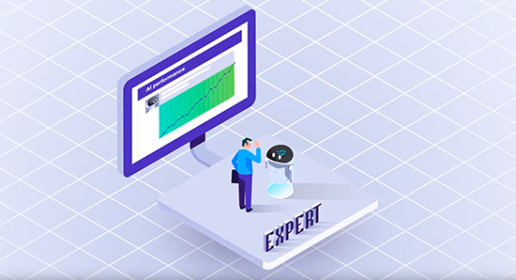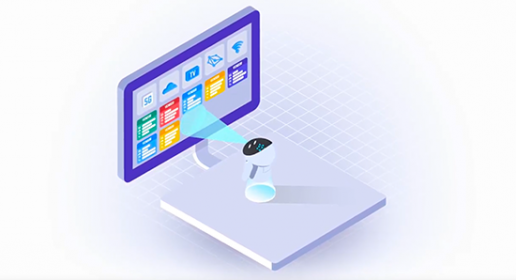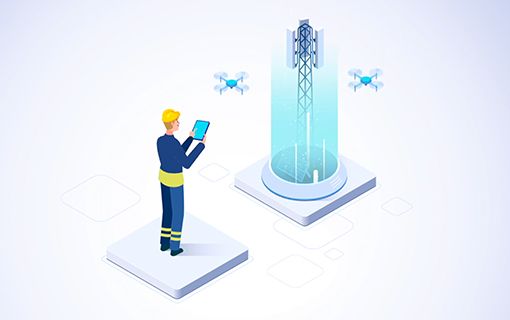Open RAN Initiatives to Grow Once Hyperscalers Join the Game
- Published
- 4 min reading
Despite initial skepticism, open RAN in telecoms is gaining traction. This is clear from the fact that the main traditional RAN vendors, who used to perceive open RAN initiatives as a threat to their monopoly, have joined open RAN-related initiatives. This could be a realization of “if you can beat them, join them” strategy, but nevertheless it does prove that open RAN standards can’t be ignored anymore.
Some, of course, can be disappointed that big communication service providers (CSP), who had to replace Huawei, have not chosen open RAN standards. But in many cases among other traditional RAN vendors, there are CSPs who have already invested in open RAN standards as their part of their strategy for network rollouts.
Hyperscalers are in
The involvement of big public cloud providers, the “hyperscalers”, is a big game changer in favor of open RAN initiative. This process is much bigger, as many CSPs have realized that they can’t compete with cloud providers in building edge-computing solutions, which are perceived as the key for 5G to play a transformation role. So, in 2020 we saw many announcements of alliances between CSPs and hyperscalers. As these players get involved, we might expect that their ambitions are much bigger than just playing the role of blades operators.
Why is open RAN so alluring to CSPs?
Open RAN seems very attractive for these companies, not only as a way to break the monopoly of traditional RAN providers, but also as a solution enabling much easier ingestion of AI/ML algorithms into RAN. As AI/ML is expected to be another technology perceived as a must in the post-pandemic world, the pressure to open up the RAN ecosystem is going to intensify.
The ability to translate a network into smart fabric is also attractive for CSPs - even those who are more conservative and convinced that open RAN is currently the right solution only for limited use cases.
Once the snowball starts rolling it can get only bigger. Let’s hope that open RAN, once it is backed by hyperscalers, will bring benefits not only to cloud provider monopolists, but also to the whole ecosystem.
Concerns behind the new monopoly
The concerns about replacing the old monopoly (traditional RAN vendors) with a new one of hyperscalers is understandable. For hyperscalers, the ability to offer AI/ML for RAN, means access to a huge amount of valuable data coming from the RAN layer. This is because AI/ML cannot live without data. Some may be worried that it means that hyperscalers will control all the data, from the vertical/digital layers (to which hyperscalers may already have access) and the RAN layer, which reflects such variables as mobility of users, their profiles from the perspective of mobile network usage and even information related to radio propagation characteristics.
Some may also say that open RAN initiative is all about preventing any monopoly (old or new) by enabling potentially niche players to add their smart applications. But the truth is that the one who is bigger has more money to spend on developing AI/ML applications.
Another aspect of this, is the responsibility for QoS/Qo E, especially for mission-critical applications based on URLLC services. If you want to employ a solution from many small partners and build an end to end service based on this, you need to have control of what you are responsible for. If CSPs want to take responsibility for network slices dedicated for verticals (and have monetization for that responsibility), which is a challenge they must face.
It seems that, to address this challenge, CSPs need to get involved in the open communities and open source initiatives, and invest heavily in their own DevOps capabilities – so that they are not only able to decide which software components are deployed in their network, but also understand the data being produced, consumed and used. The open standards should help this by defining the APIs for data consumption and production.













